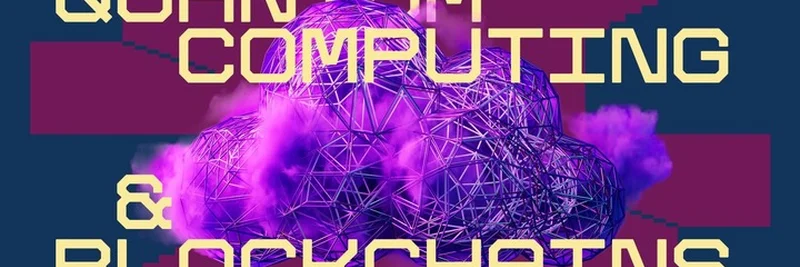Recently, the crypto community buzzed with a fresh take on Kaspa's native coin, $KAS, thanks to a tweet from BSCNews. They highlighted an in-depth analysis of this Layer-1 blockchain powerhouse, asking the big question: Is it worth your time? If you're into blockchain tech or looking for solid crypto projects beyond the meme hype, this review packs some serious insights. Let's break it down in simple terms, drawing from the original guide on BSCNews, published back in March 2025.
What Is Kaspa and Why $KAS Matters
Kaspa isn't your average blockchain—it's a proof-of-work (PoW) network that launched in November 2021 with a unique twist. Instead of the traditional blockchain structure, it uses something called blockDAG (Directed Acyclic Graph), which allows for parallel processing of blocks. Think of it like multiple lanes on a highway instead of a single road, making transactions super fast without sacrificing decentralization.
The native coin, $KAS, is essential here. It's used for mining rewards, which secure the network, and it powers transactions. What stands out is Kaspa's fair launch: no pre-sales, no founder reserves, and zero allocations to developers. Every $KAS in circulation comes from mining, promoting true community ownership. As of March 2025, about 25.88 billion $KAS were circulating, with a market cap around $1.9 billion, landing it in the top 50 cryptos on CoinMarketCap.
Diving Into the Technical Side
Kaspa's tech is where it shines. The total supply is capped at 28.7 billion $KAS, creating a deflationary setup—meaning as demand grows, scarcity could drive up value. There's no pre-mine, so distribution is fair and square.
On the emission schedule, Kaspa skips the dramatic halvings like Bitcoin's. Instead, it reduces rewards gradually each month, effectively halving annually. Starting at 500 $KAS per second in 2021, it's down to about 61.74 $KAS per second as of March 2025. By 2029, that'll drop to 3.44 $KAS, and it'll keep tapering off until 2037. Over 90% of the supply is already mined, which means inflation is low and getting lower.
Mining has evolved too—from CPUs to GPUs, then FPGAs, and now ASICs (specialized hardware). The kHeavyHash algorithm keeps it energy-efficient, and with a network hashrate of over 1,200 TH/s, it's robust. Fast block times reduce variance for miners, encouraging more decentralization.
Tokenomics Breakdown
Tokenomics is basically the economics of the token—how it's supplied, distributed, and used. Kaspa nails the basics: capped supply, fair launch, predictable reductions, and community governance without central control. This setup positions $KAS as a strong PoW contender, especially with its energy efficiency and rapid blocks.
While the article doesn't spell out pros and cons in a list, the strengths are clear: equitable distribution prevents dumps from insiders, and the scarcity model could boost prices if adoption ramps up. On the flip side, as rewards dwindle, miners might rely more on transaction fees, which could strain security if the network doesn't see enough activity.
Price and Market Insights
Though not a full-blown price prediction, the review touches on market potential. With a huge but capped supply (28.7 billion vs. Bitcoin's 21 million), $KAS's value hinges on demand. Widespread ownership might lead to stable prices and less manipulation. As scarcity kicks in with the last 2.82 billion coins mined slowly, it could be a game-changer if Kaspa gains traction.
Future Outlook and Community Vibes
Looking ahead, Kaspa's future depends on growing demand to offset shrinking rewards. If transaction volumes rise, fees could sustain miners and keep the network secure. Ongoing mining tech advancements and strong community governance will be key.
The tweet sparked some reactions, like this reply from @agentic_t: They praised Kaspa's DAG architecture and GHOSTDAG protocol for innovating in PoW, claiming it hits 100k TPS (transactions per second). As a Cardano fan, they respect the tech but want to see real-world load handling and adoption metrics before calling it a "BTC killer." It's a fair point—tech is cool, but usage is king.
In the world of crypto, where memes often steal the spotlight, projects like Kaspa remind us of the solid tech foundations that could support future innovations, even for meme tokens on fast chains. If you're weighing $KAS for your portfolio, this review suggests it's got strong bones, but as always, do your own research and consider the risks. What's your take on Kaspa—hype or here to stay?


